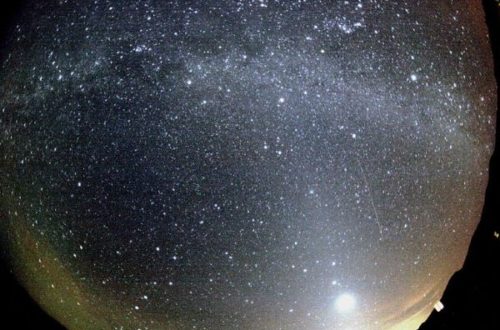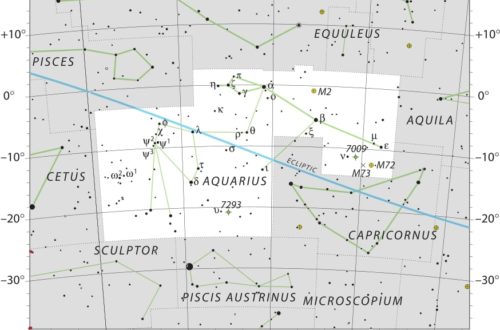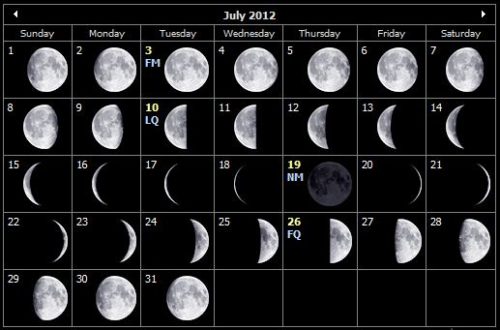Monthly Stargazing Calendar for August 2015

Looking for the August 2025 stargazing calendar?
This month on the night of August 12 and 13 we will witness the Perseids meteor shower, which is one of the best meteor showers to observe, producing up to 60 meteors per hour at its peak. Some meteors can also be seen from July 17 to August 24. It originates from debris produced by comet Swift-Tuttle, which was discovered in 1862. The Perseids are famous for producing a large number of bright meteors. Happily the thin crescent moon will be no match for the bright Perseids this year so be prepared for a great show. The meteors will radiate from the constellation Perseus, but can appear anywhere in the sky.
Would you like to be notified of stargazing events?

Then near the end of the month on August 29 there will be a special full moon, known as the Supermoon. What’s so special about this full moon is that it will be at its closest approach to the Earth and thus will look slightly larger and brighter than usual. Furthermore the Moon will be located on the opposite side of the Earth as the Sun and its face will be fully illuminated. This full moon will occur at 18:35 UTC.
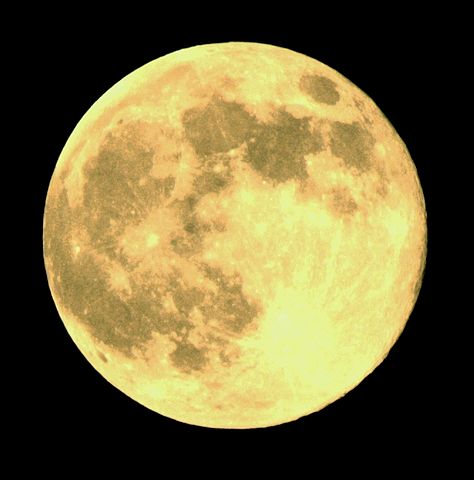
Moon phases
As you know, the moon has a big impact on the visibility of celestial bodies in the night sky. So here are the moon’s phases for this month:
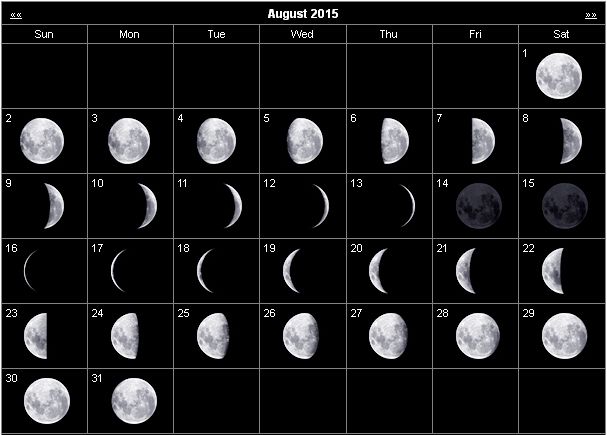
Positions of the planets this month
Mercury: The closest planet to the Sun can be seen at dawn and dusk travelling across the constellation of Leo, not far from Jupiter and Venus. This planet, being the closest to the Sun, will appear to move quickly in the night sky and its position will change in the following weeks.
Venus: The sister planet can be seen travelling across the constellation of Leo, not far from Jupiter. Just like Mercury, Venus can only be seen at dawn and dusk.
Mars: The red planet can be seen in the constellation of Cancer.
Jupiter: The gas giant is visible in the constellations of Leo. Jupiter can easily be spotted with the naked eye, even in highly illuminated cities.
Saturn: The ringed giant can be seen with the naked eye between the constellations of Scorpius and Libra.
Uranus: The gas giant can be seen in the constellation of Pisces with the use of a telescope.
Neptune: The blue giant requires a telescope pointed in the constellation of Aquarius in order to be seen.
Major astronomical events next month
- September 1 – Neptune at Opposition.
- September 4 – Mercury at Greatest Eastern Elongation.
- September 13 – Partial Solar Eclipse.
- September 23 – September Equinox.
- September 28 – Supermoon.
- September 28 – Total Lunar Eclipse.
Image credits: Perseids 2014 meteor photo by Jacek Halicki. License: CC BY-SA 4.0. Supermoon 2013 photo by Rangilo Gujarati. License: CC BY-SA 3.0.
See also:
- Previous month’s calendar: Stargazing Calendar for July 2015
- Next month’s calendar: Stargazing Calendar for September 2015
Would you like to receive similar articles by email?



